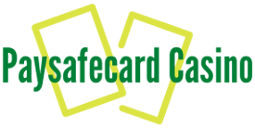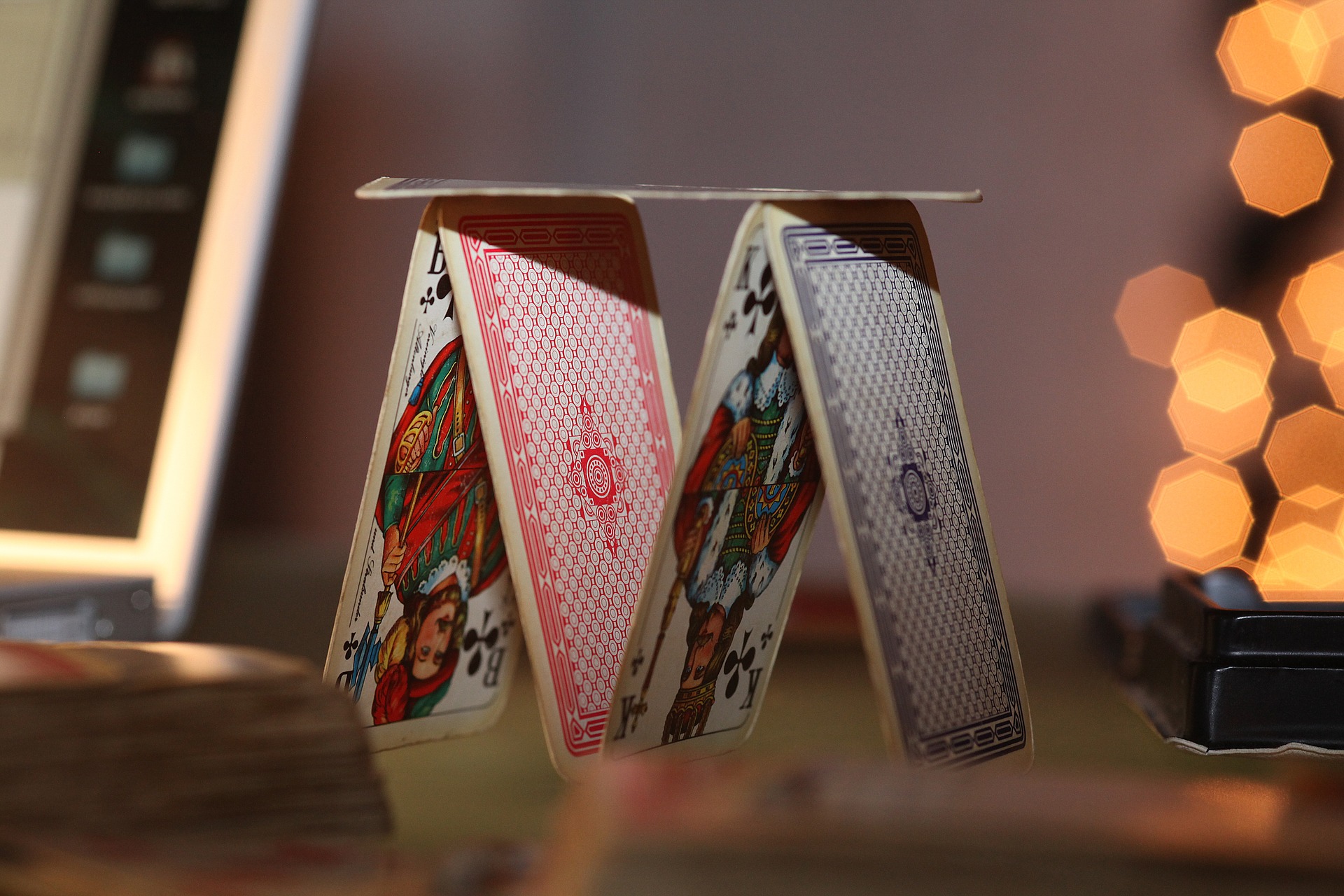A game’s intended payback percentage and the maximum jackpot contribution to the overall return are obscure to players, who have no way of learning this information prior to playing.
We can, however, invent a plausible scenario to demonstrate how this works. When the jackpot reaches $5,000, our hypothetical $1 machine returns 92 percent. Dollar slots that aren’t progressive tend to pay a little more than that in the United States, but progressives start with lower payouts while the jackpot grows over time.
- Say 87 percent of the 92 percent return comes from smaller wins and 5 percent from the jackpot; what about the other 13 percent?
- A $100,000 wager returns $87,000 in smaller payouts and $5,000 from the jackpot, for a total of $92,000.
- It’s possible to play until the big payout of $8,000 has been reached, but the jackpot hunter is paying for a game with an alternative payback structure.
- A total of $95,000 would be his after considering the smaller wins and the jackpot for a bet of $100,000.
- That raises the return rate to 95%. To increase his chances of winning, he is delaying his play until other players have built the jackpot.
For our hypothetical machine, we can do the following for various jackpot levels:
Paybacks for progressive theoretical hypotheses (hypothetical)
Each $1,000 added to the jackpot increases the machine’s payback percentage by 1%. The house edge disappears at a $13,000 jackpot, and you get 100 percent of your money back. Our jackpot scout can’t play a game with a 100 percent return and profit opportunity if he were to win the $13,000 jackpot, which is higher than the largest payoff in his journal. This fictitious scenario was designed to make arithmetic as simple as possible. It would be more difficult to give real-world examples, but the message here is clear:
If you only play when the jackpot is high, you can expect a higher return on your investment.
It’s impossible to get a 100% return even if the jackpot is at its highest.
As an additional consideration, higher jackpot levels don’t necessarily increase the likelihood of a jackpot win. If the odds are set that way, one in 20,000 plays has a 1 in 20,000 chance of winning the top jackpot. A $5,000 or $15,000 or even a higher jackpot isn’t going to change anything. The odds are the same on every wager.
The rules remain the same regardless of how many spins have passed since the previous jackpot was won or who recently hit the jackpot. A 20,000-1 shot on the first play is still a 20,000-1 shot on the second. The casino doesn’t publish a machine’s payback percentage to remind of a point made earlier. We don’t know the odds that determine how often a jackpot is won on any given game.

